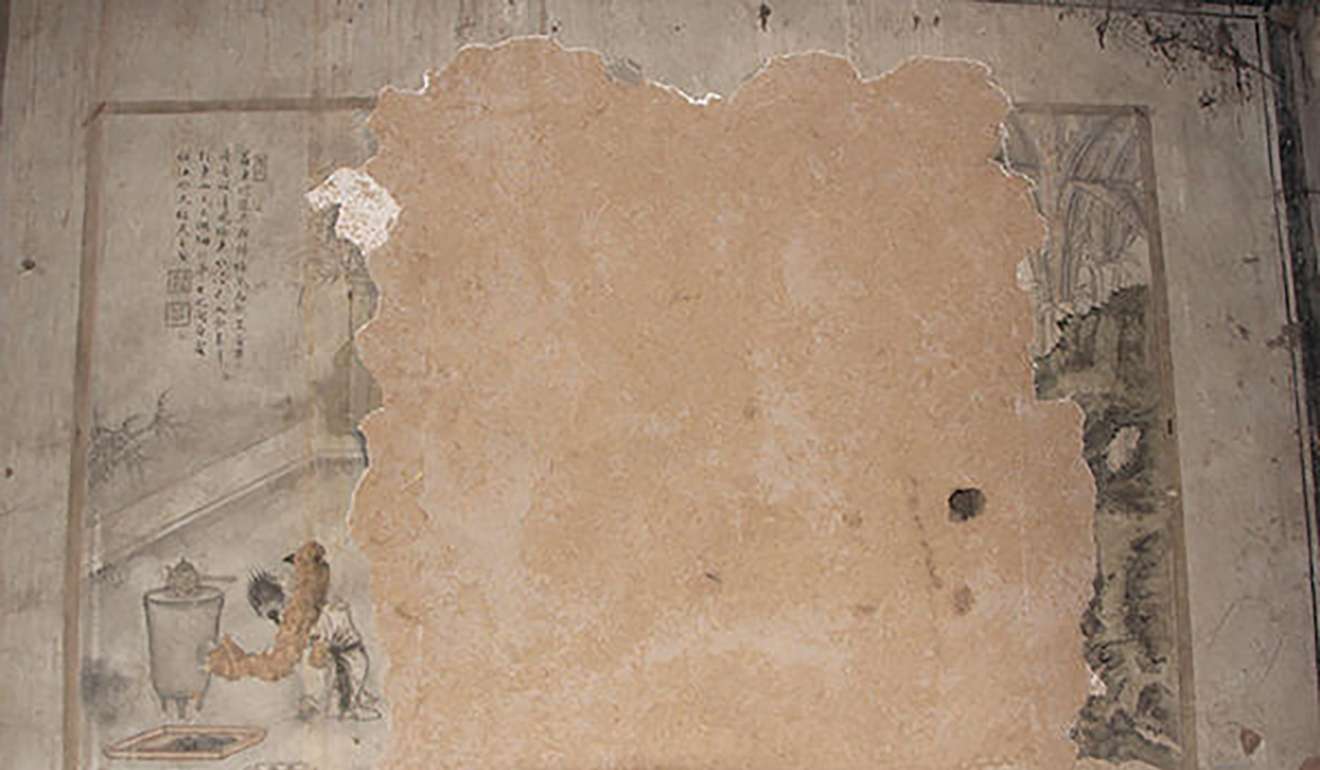
Hundreds of Chinese temple paintings recovered, 23 theft suspects arrested so far
Paintings, some from before the Qing dynasty, are to be restored
Over 400 mural paintings stolen from unprotected ancient Chinese temples are to be returned after 23 suspects involved in the thefts were arrested.
The colourful paintings, some of which date from before the Qing dynasty (1644–1911) were stolen from temples in seven counties and 22 towns across China’s northeastern Shanxi province , according to mainland media portal Thepaper.cn.
The police located the first batch of 39 paintings in October, together with three suspects who were involved in illegally acquiring and selling these art pieces.
Another 12 people were arrested last month when they were discovered with another 260 pieces of art stolen from the temples. Another eight people were arrested for trying to sell the paintings.


Police continued to locate another 109 paintings stolen by the group on March 9, after the arrests, but said some were counterfeits.
“Some look like they are [newly] painted,” one police officer said.
Police believe some of the suspects’ accomplices are still at large with more paintings.
Some of the hundreds of stolen paintings are as tall as a man and some had been framed for resale.
A mural painting collector, Liu Xiaohua, was quoted as saying the thieves first painted a layer of transparent glue on the art work, then placed thin plastic wrap on top of it. After the glue dried, the thieves used thin knives to slash the artwork from the backing which was stuck on the temple walls.
Conservation activist Tang Daiwah said one of the biggest problems of conserving old temples in the area was a lack of security due to no funding by the local governments.
“No one looks after the temples, that’s why there is no risk in stealing,” Tang said.

